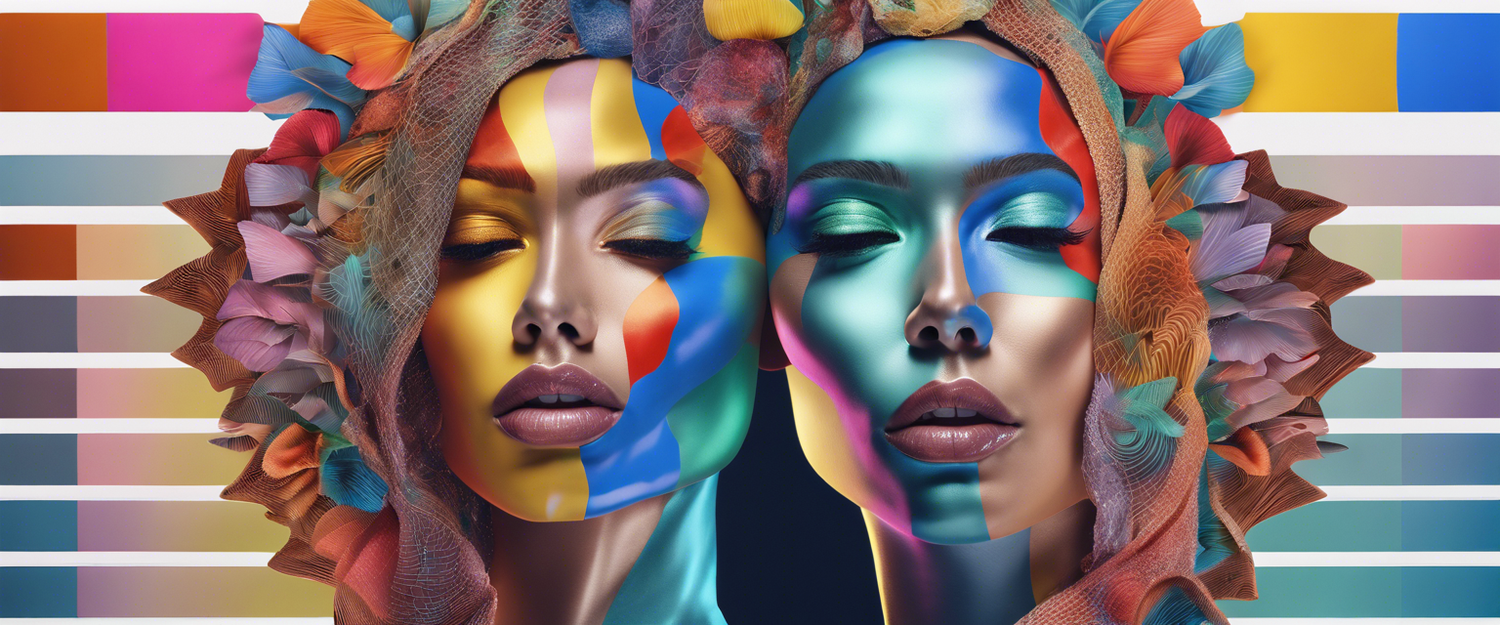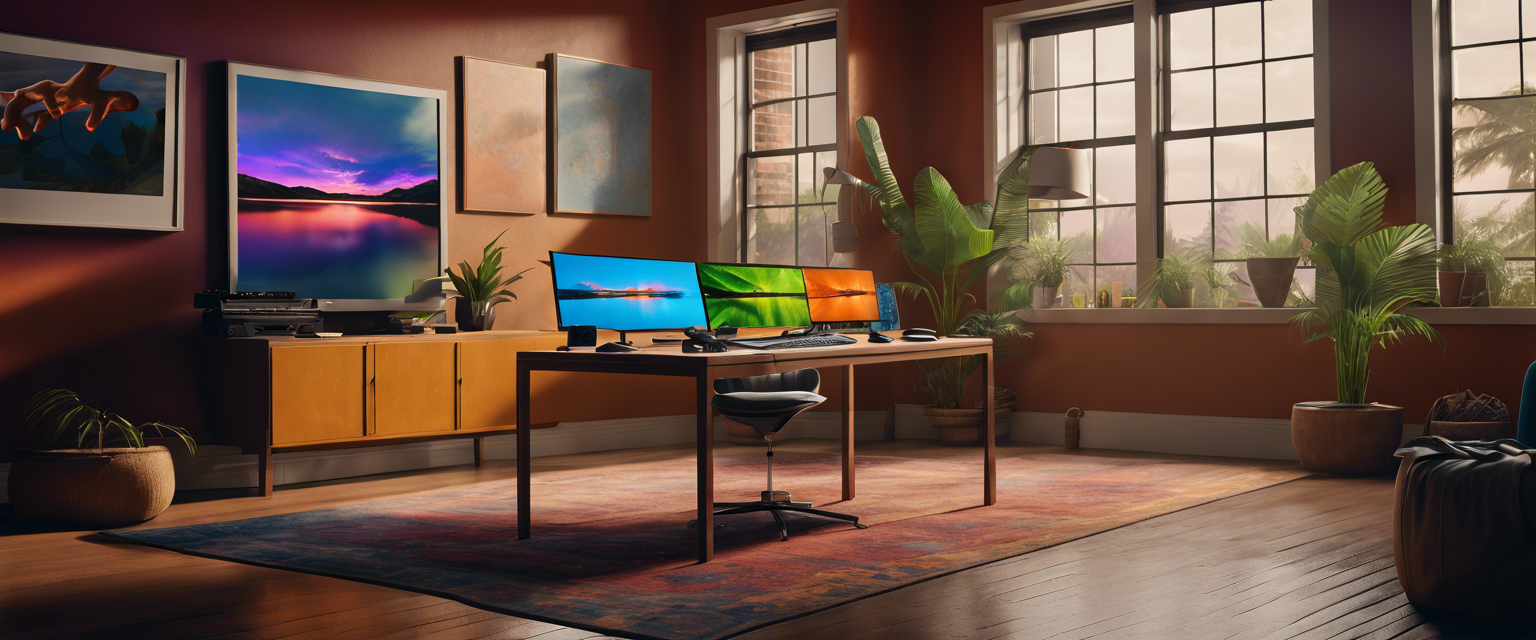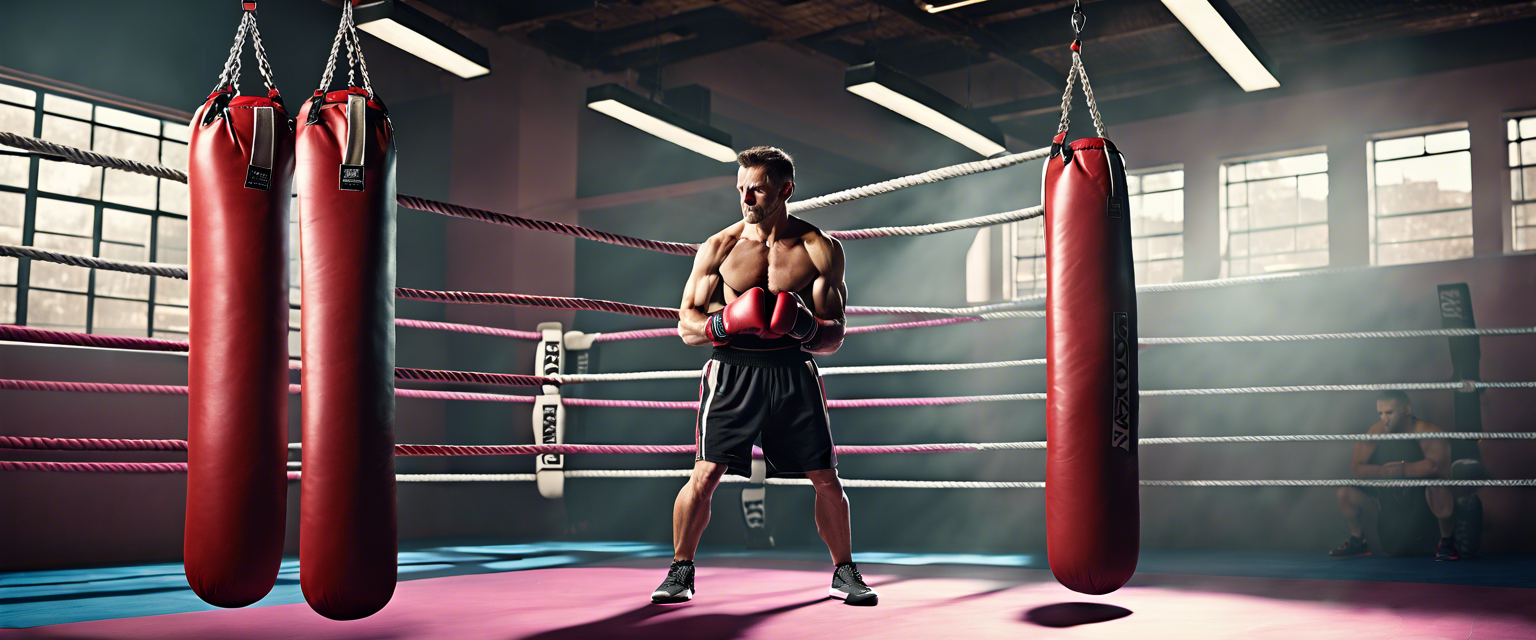Introduction to Google’s Veo: The New Age of AI-Generated Video Content
In the rapidly evolving world of artificial intelligence, Google has made a significant leap with the launch of its latest generative AI video model, Veo. Announced for businesses to integrate into their content creation workflows, Veo represents a game-changing tool for marketers, brands, and content creators alike.
The Capabilities of Veo
Veo, unveiled in May 2023, has managed to beat its closest competitor, OpenAI’s Sora, to market. Available through Google’s Vertex AI platform, Veo allows users to generate high-quality videos at 1080p resolution. By utilizing text or image-based prompts, users can create engaging video content in a variety of visual and cinematic styles.
Video Generation Features
- High Resolution: Videos can be created in 1080p quality, ensuring professionalism in visual content.
- Variety of Styles: Users can choose from different cinematic styles, tailoring video content to specific needs and branding.
- Length Flexibility: While earlier specifications indicated generated clips could last “beyond a minute,” the private preview does not clearly define video length restrictions.
Integration with Google's Imagen 3
As part of enhancing its creative offerings, Google will also make its Imagen 3 text-to-image generator accessible to all Google Cloud customers. This follows its initial US launch on Google’s AI Test Kitchen back in August. Imagen 3 introduces new capabilities such as:
- Prompt-Based Photo Editing: Users can engage in more dynamic editing of generated images.
- Brand Infusion: This feature allows users to embed their own brand, logos, and unique product features into the images produced.
Safety and Copyright Features
Google has integrated built-in safeguards in Veo and Imagen 3 to help prevent the generation of harmful content and ensure copyright compliance. However, some reports suggest these safeguards may be circumvented. All content generated through these tools is embedded with SynthID, an invisible digital watermark developed by DeepMind. This technology aims to mitigate misinformation and misattribution, similar to Adobe’s Content Credentials system.
The Competitive Landscape
With Veo now operational, OpenAI faces increasing pressure to introduce its own generative AI video model, Sora, before the end of 2024. Recent usage statistics reveal that 86% of organizations leveraging generative AI report increased revenue, highlighting the urgency for businesses to adopt such technologies rapidly.
Real-World Applications
The influence of AI-generated content is already evident in marketing; brands like Coca-Cola have creatively utilized AI in their holiday advertising campaigns. As AI capabilities grow, businesses are motivated to implement these tools to stay competitive in the digital marketing landscape.
Conclusion
As the landscape of AI continues to unfold, Google’s Veo stands out as a groundbreaking tool that promises to enhance content creation processes across industries. With its high-quality video generation and innovative features, Veo may well set a new standard within the realm of generative AI.



Оставить комментарий
Все комментарии перед публикацией проверяются.
Этот веб-сайт защищается hCaptcha. Применяются Политика конфиденциальности и Условия использования hCaptcha.